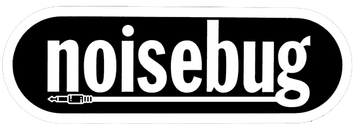Elby Designs - ED114 4x4 AD/AR
$215.00Excl. VAT
Description
The circuit has four input modes and four output signals. Hence its name.
In the ordinary AD/AR mode the main input is used. It will take just about any signal you feed it. Driven by a trigger pulse, the unit's output is an attack-decay (AD) envelope. Driven by a gate its output is an attack-release (AR) envelope. And you can even use a continuous signal like an LFO for the gate.
Cycle mode: A pulse is generated at the end of the envelope decay/release and can be switched back to the input to produce a repetitive AD output signal.
Manual trigger mode: A momentary push button switch on the panel generates an input trigger pulse to generate an AD envelope.
The fourth operating mode employs input drive from the auxiliary delayed pulser. This circuit produces a delayed, fixed-width pulse, which may be switched to drives the EG circuitry. The pulse may be initiated by any signal with a positive-going 1.5 V crossing, for example, a trigger pulse or a waveform from an LFO, etc.
The four output signals are the main AD/AR envelope, the end of envelope [EOE] trigger, the delayed pulse and the end of pulse trigger. The [EOE] trigger fires when the envelope falls to a value near zero. The [EOP] trigger fires at the end of the delayed pulse. These triggers are useful for feeding back to the unit itself and for external applications such as tandem operation of several units, etc.
The delayed pulser's output is available at the front panel, to use separately from or in conjunction with the EG itself. The delay time is retriggerable, ie if multiple triggers are received during the delay phase, the end of the delay phase is determined by the last received trigger. The pulse width phase is not retriggerable, ie a fixed pulse width always occurs.

Eurorack
Eurorack is Doepfer's 3U modular format

